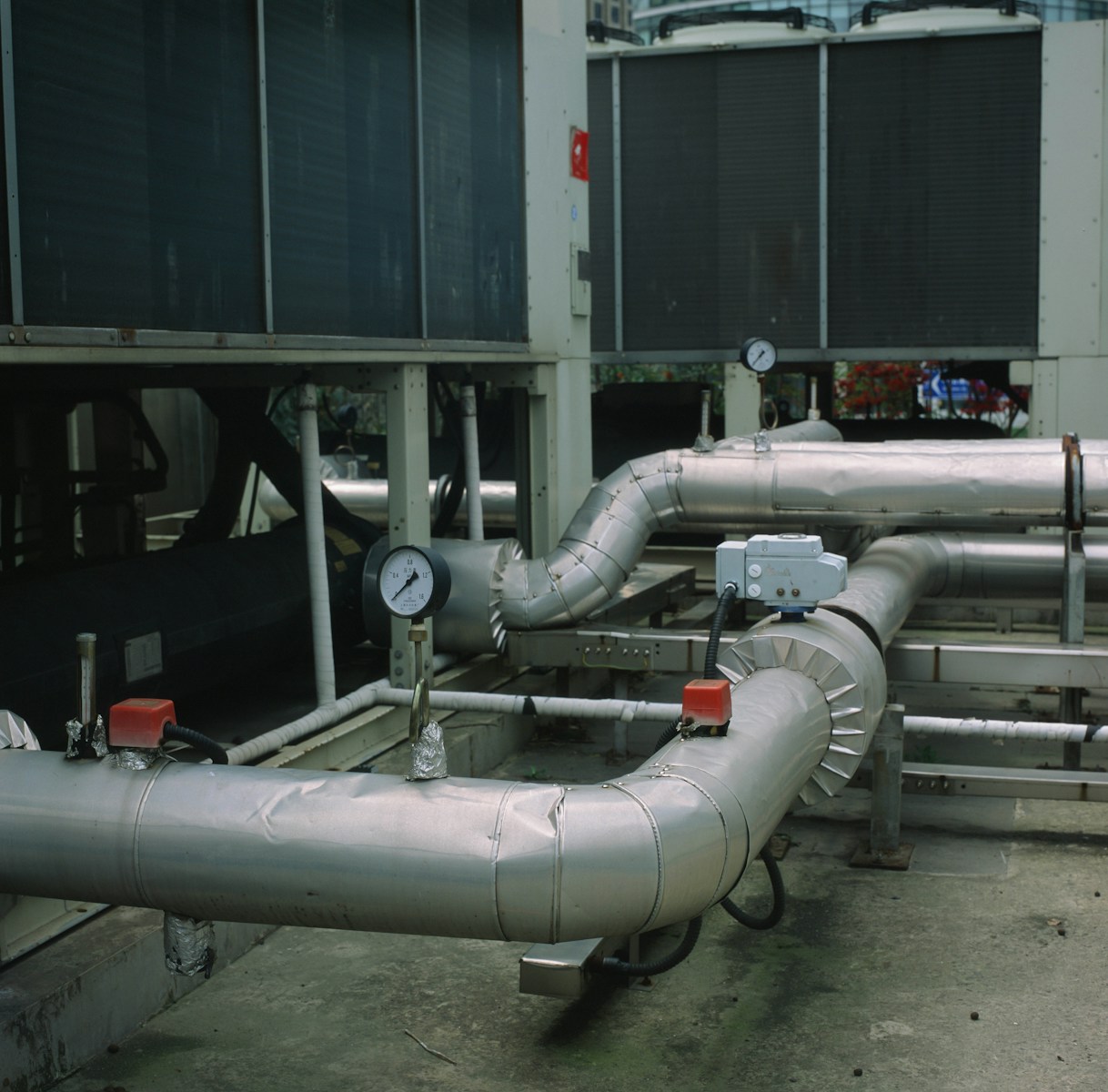Mica gasket material stands out in the industrial sealing world due to its exceptional thermal stability and unique physical properties. This naturally occurring mineral has a layered silicate structure that provides outstanding resistance to heat, pressure, and chemical exposure. Unlike conventional gasket materials that degrade at elevated temperatures, mica maintains its integrity even when subjected to temperatures exceeding 1000°C (1832°F). The material’s crystalline structure allows it to withstand thermal cycling without significant dimensional changes, making it ideal for applications where repeated heating and cooling occur.
The composition of mica gasket material typically includes phlogopite or muscovite mica, which can be reinforced with various binders to enhance specific properties. These reinforced mica sheets offer excellent compression recovery and resilience, preventing leakage even after multiple thermal cycles. Additionally, mica’s natural electrical insulation properties make it suitable for applications where electrical isolation is necessary alongside thermal resistance.
Temperature Resistance Capabilities That Outperform Alternatives
The temperature resistance of mica gasket material is truly remarkable when compared to other sealing options. While rubber gaskets typically fail above 200°C and compressed fiber gaskets deteriorate around 450°C, mica-based products maintain their sealing properties at temperatures up to 1000°C and beyond in certain formulations. This extreme temperature capability is particularly valuable in applications such as:
- Power generation turbines
- Industrial furnaces and kilns
- Petroleum refining equipment
- Aerospace and defense components
- High-temperature chemical processing
The layered crystal structure of mica provides natural heat shielding properties, allowing it to act as a thermal barrier while maintaining a reliable seal. This characteristic prevents heat transfer between joined components, protecting sensitive equipment from thermal damage. Even when exposed to direct flame, mica gasket material remains stable, with minimal outgassing or chemical breakdown.
Industrial Applications Where Mica Excels
In demanding industrial environments, mica gasket material provides reliable sealing solutions across numerous applications. The automotive industry utilizes mica gaskets in exhaust systems and turbochargers where temperatures regularly exceed 650°C. Power generation facilities rely on mica for sealing turbine casings, boiler access doors, and flue gas handling systems.
The petrochemical industry benefits from mica’s resistance to both heat and aggressive chemicals, using these gaskets in catalytic crackers, reformers, and other high-temperature processing equipment. Similarly, metallurgical operations employ mica gaskets in foundry equipment, heat treatment furnaces, and metal processing lines where both molten metal splash and extreme heat must be contained.
Aerospace applications leverage the lightweight yet durable properties of mica gasket material for rocket engine components, thrust reverser systems, and other high-temperature zones where conventional sealing materials would quickly deteriorate. The material’s ability to withstand thermal shock makes it particularly valuable in these applications where rapid temperature changes are common.

Heat Exchanger Gaskets: Why Mica Is the Material of Choice
Heat exchanger gaskets face some of the most demanding operating conditions in industrial settings. These critical components must maintain sealing integrity while experiencing temperature fluctuations, pressure variations, and exposure to potentially corrosive media. Mica-based heat exchanger gaskets provide exceptional performance under these challenging conditions.
The thermal stability of mica prevents warping or distortion that would compromise the seal in plate heat exchangers. Unlike polymer-based gaskets that can extrude or degrade, heat exchanger gaskets made from mica maintain their dimensional stability even during thermal cycling. This characteristic is particularly valuable in applications where process fluids must be kept separate despite significant temperature differentials.
Modern heat exchanger gaskets often incorporate mica in composite formulations, combining it with stainless steel or high-performance polymers to enhance specific properties. These engineered solutions provide the temperature resistance of mica while addressing application-specific requirements for compression, recovery, and chemical compatibility. The result is a gasket that delivers reliable service in critical heat transfer equipment across multiple industries.
Comparing Mica to Alternative High-Temperature Sealing Materials
When evaluating gasket materials for extreme temperature applications, engineers must consider several alternatives alongside mica. Metal gaskets, graphite sheets, and ceramic fiber materials each offer certain advantages, but mica gasket material provides a unique combination of benefits that other options cannot match.
Metal gaskets provide excellent high-temperature capability but lack the conformability needed for irregular flange surfaces. Graphite offers good compressibility but oxidizes at higher temperatures, particularly in oxygen-rich environments. Ceramic fiber gaskets can withstand extreme heat but typically have poor recovery properties once compressed.
Mica gasket material, by comparison, offers:
- Superior temperature resistance without oxidation
- Good conformability to imperfect flange surfaces
- Excellent recovery after compression
- Chemical stability across a wide range of environments
- Resistance to thermal cycling fatigue
These advantages make mica particularly suitable for applications where reliability under extreme conditions is paramount. The material’s natural origin also makes it environmentally preferable to some synthetic alternatives, aligning with modern sustainability initiatives in industrial maintenance.
Installation and Longevity Considerations
Proper installation of mica gasket material is essential to maximize its performance in high-temperature applications. While the material is more forgiving than metal gaskets, attention to bolt loading and flange alignment remains important. Mica gaskets should be handled carefully to prevent delamination of the layered structure before installation.
Heat exchanger gaskets made from mica typically require less compression force than rubber or fiber alternatives, reducing the risk of flange distortion during assembly. The material’s natural resilience helps maintain sealing contact even as connected components expand and contract during thermal cycling.
The longevity of mica gaskets in high-temperature service significantly exceeds that of conventional materials. While rubber or fiber gaskets might require replacement during routine maintenance intervals, properly specified mica gasket material can often remain in service for extended periods. This durability translates to reduced maintenance costs and minimized downtime for critical equipment.
When mica gaskets eventually require replacement, they typically show predictable wear patterns rather than catastrophic failure, allowing maintenance to be scheduled proactively. This characteristic is particularly valuable in continuous process industries where unplanned shutdowns carry substantial financial implications.

